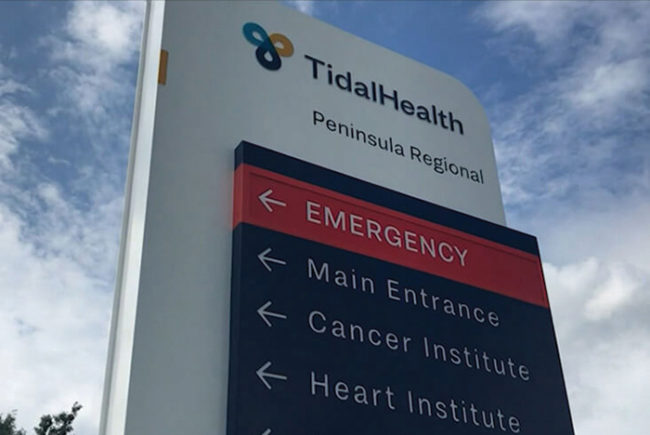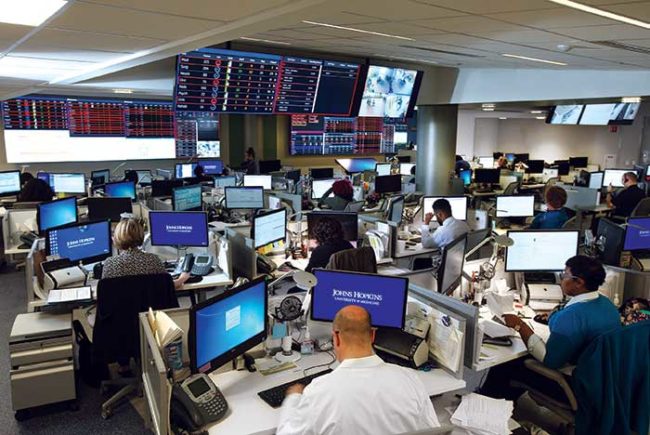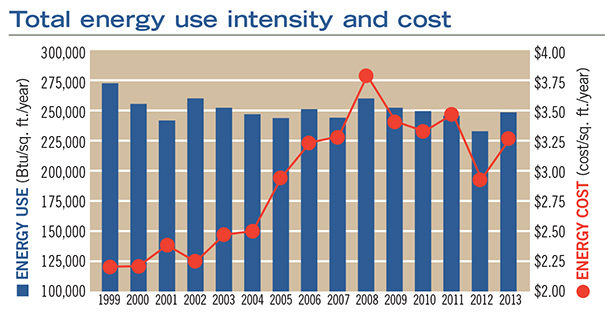As emergency departments (EDs) continue to be the health care access point for many, optimizing patient throughput and satisfaction has become more critical than ever.
With those objectives in mind, CannonDesign is working with New York-based Northwell Health, formerly North Shore-LIJ Health System, Great Neck, N.Y., to expand the use of split-flow ED design to its new facilities. With the split-flow ED design, a team of clinicians diagnoses the patient soon after his or her arrival and then puts the individual on one of two tracks or streams of care depending on the severity of the injury or illness.
Patients with lower-acuity conditions who are stable may be kept in specifically designated waiting areas for test results or medical images or may even be discharged after a rapid assessment. Those diagnosed with more serious injuries or illnesses are placed in rooms with beds where they receive a higher level of treatment and await possible admission.
The design accelerates treatment and discharge of patients with lower-acuity conditions and speeds hospital admissions for patients with higher-acuity conditions, says Robert C. Masters II, AIA, LEED AP, principal, CannonDesign.
At Northwell, facilities using the split-flow operational model have significantly reduced patient waiting times, length of stay and the number of patients who leave without being examined.
In the face of rapidly increasing ED volume, Northwell renovated its ED at Long Island Jewish Medical Center a few years ago to test split-flow design. The design has reduced the time between a patient’s arrival and seeing a health care provider by 28 percent and length of stay by 5 percent. It also cut the number of patients who left without being examined.
“The driver of split-flow design is to manage length of stay and to reserve beds for higher-acuity cases, while building an environment that is more conducive to the type of care and the length of stay for lower-acuity cases to keep them moving along in the process,” Masters says.
Success with split-flow design has led Northwell to implement the design at EDs undergoing reconstrution at two hospitals in Bay Shore, N.Y., and one recently opened freestanding ED in Manhattan’s West Village, Masters says. CannonDesign has collaborated on the ED design solutions with John D’Angelo, M.D., senior vice president of emergency medicine, Northwell.
Besides improving efficiency, it has other benefits, too.
“Split-flow can be a space-saving strategy,” Masters says. “Building private exam rooms at 120-plus square feet per room and with nurse station support provisions vs. smaller exam cubicles and waiting room spaces can reduce the size of the ED, while managing patient volume more effectively. Most importantly, it positively impacts the patient care experience,” he says.





